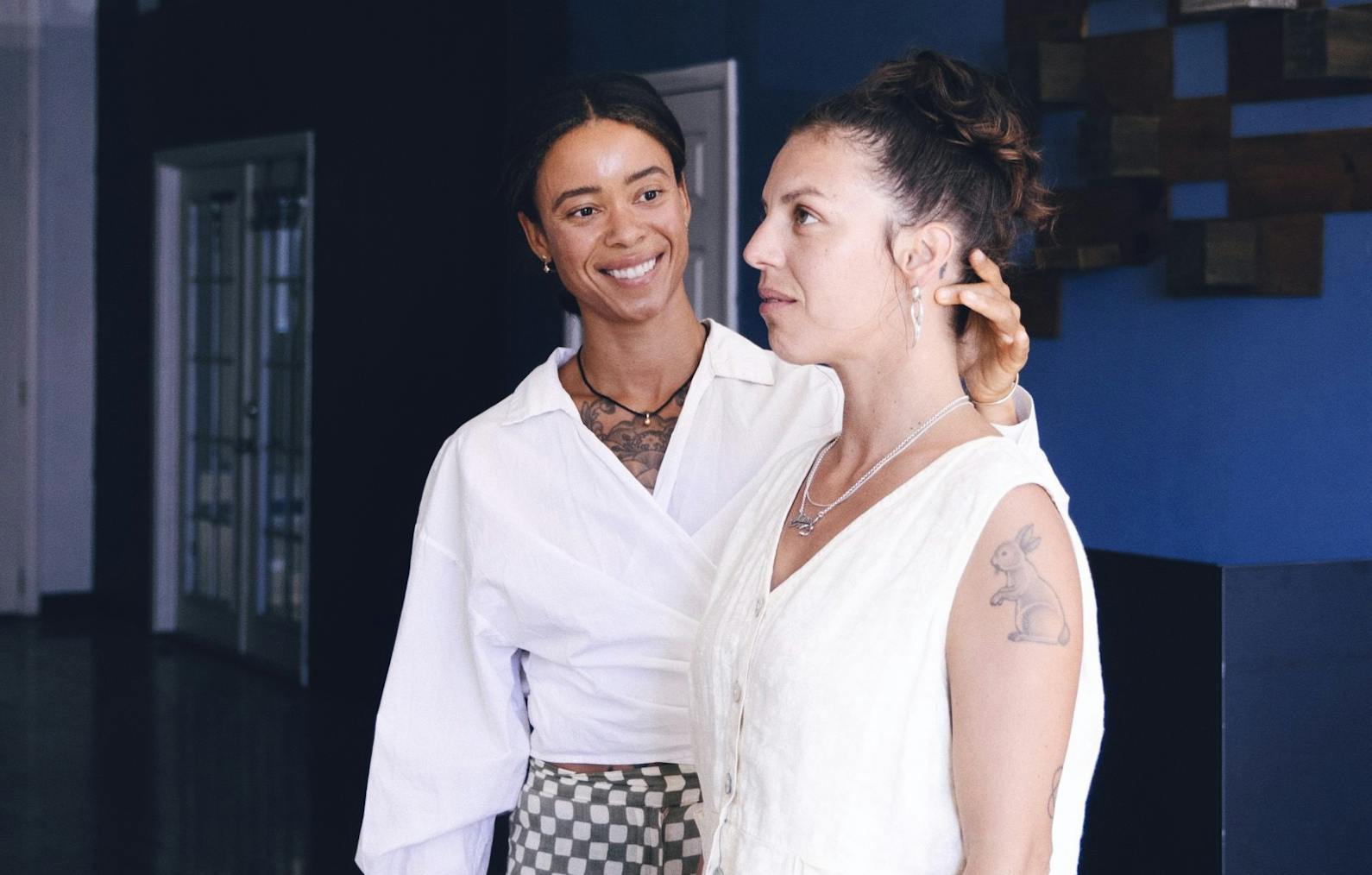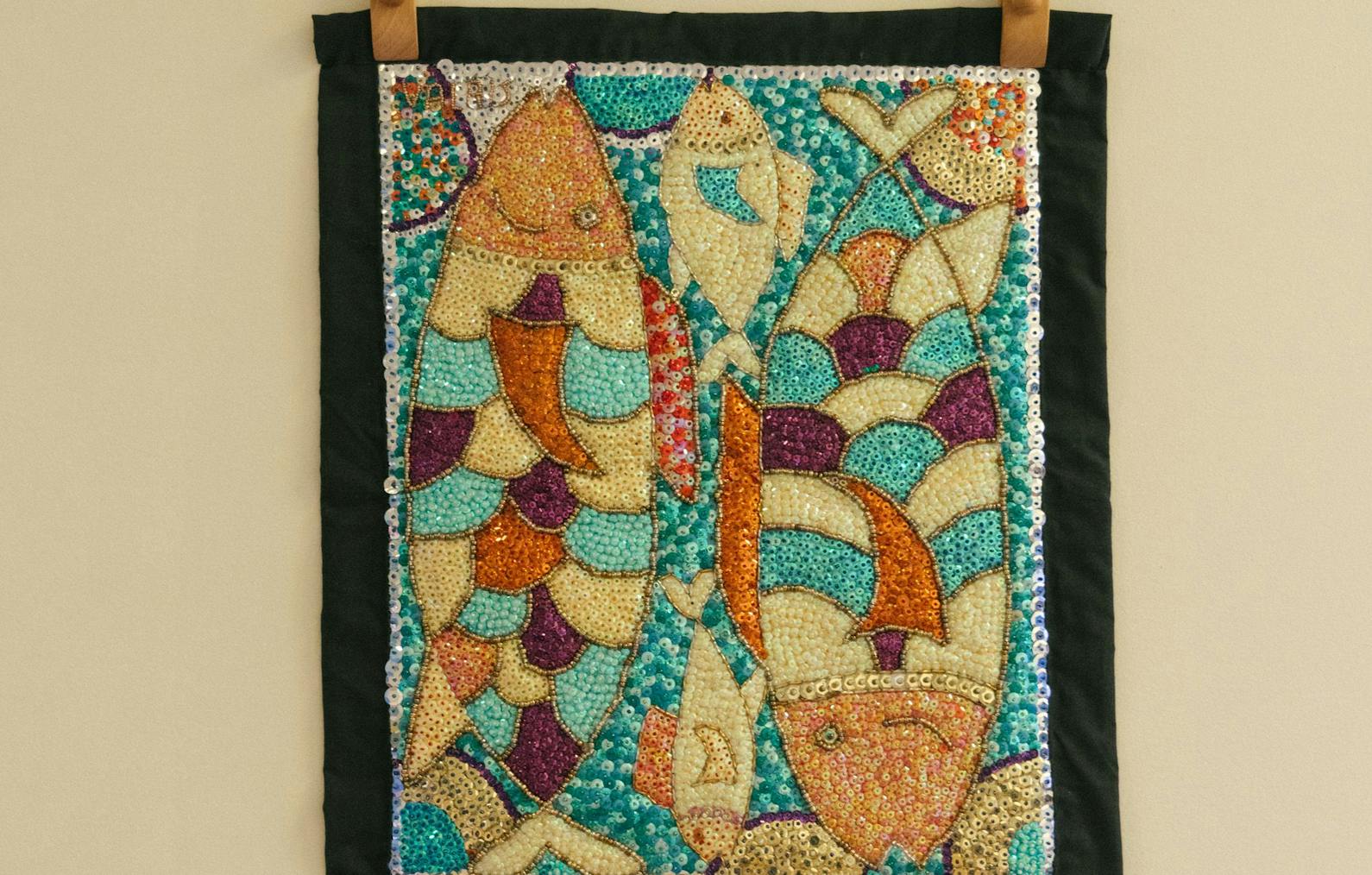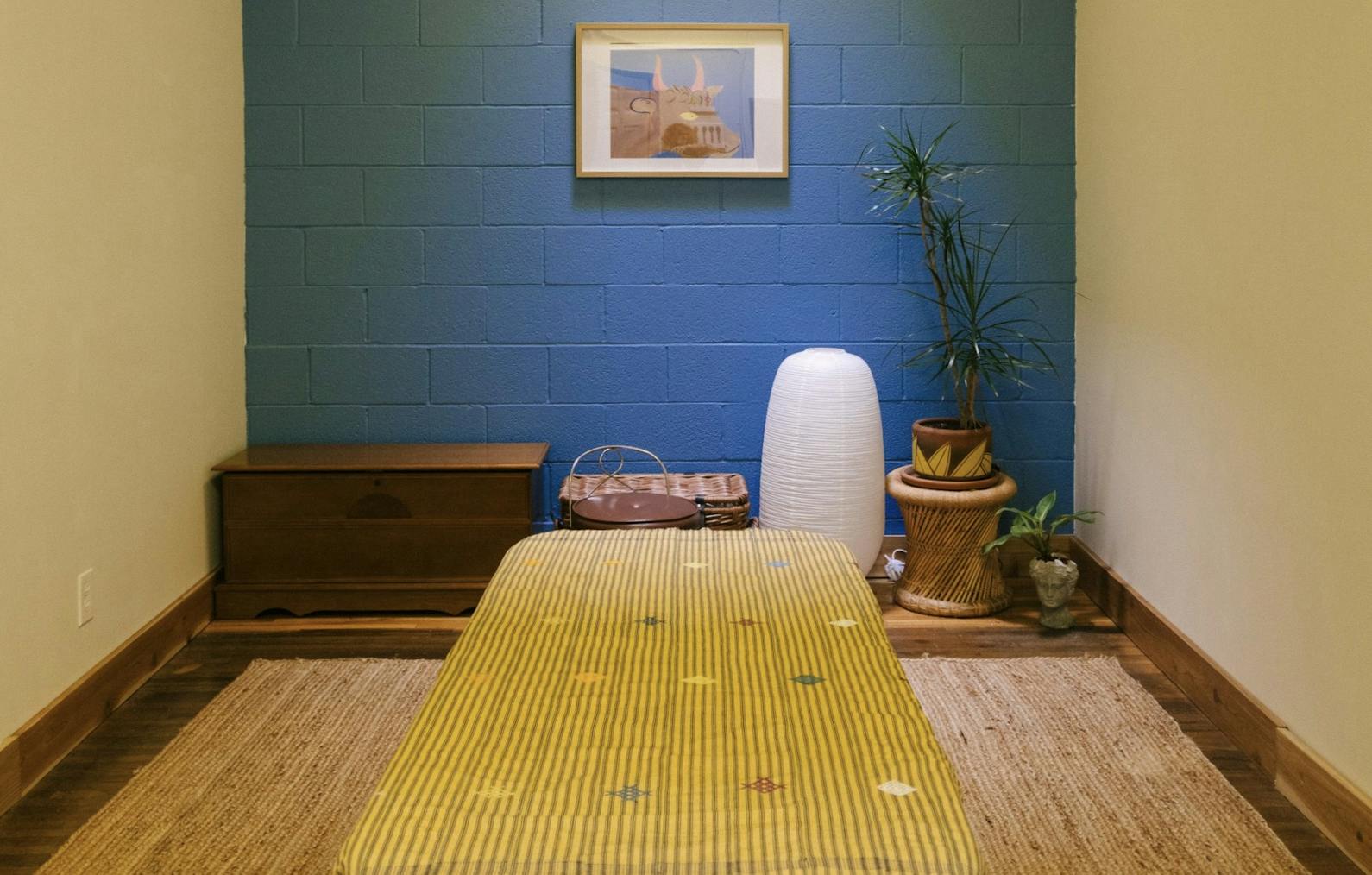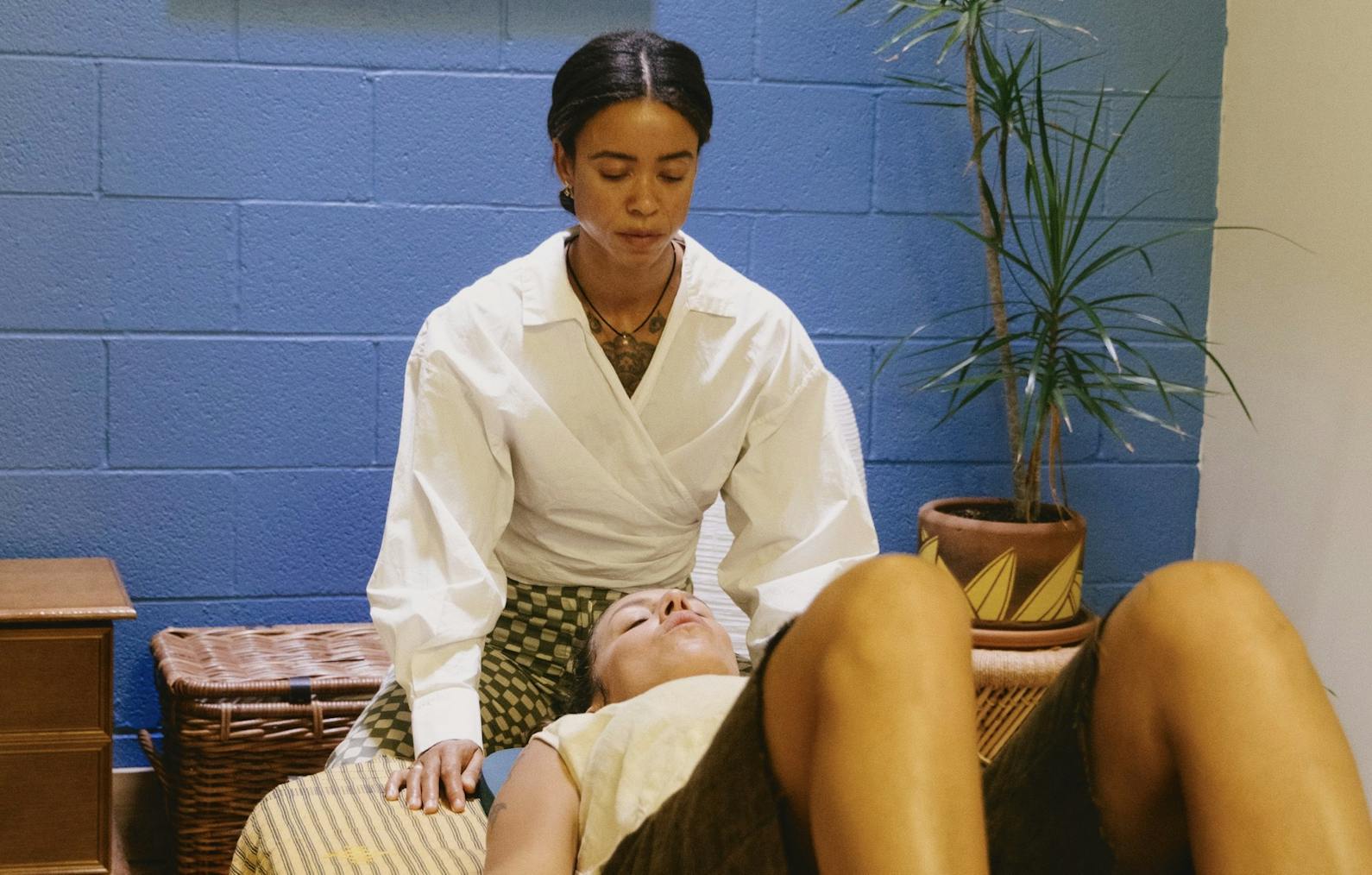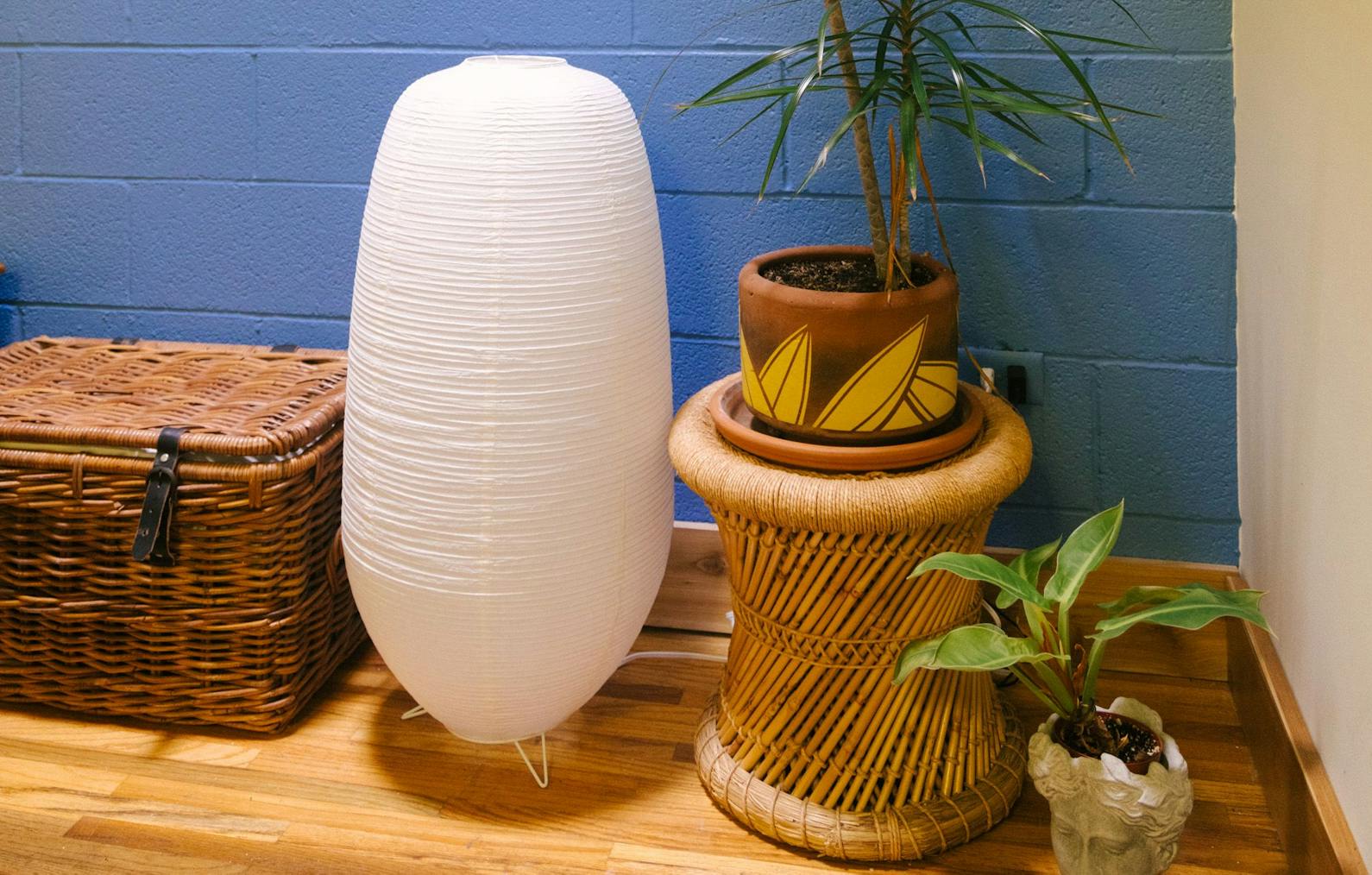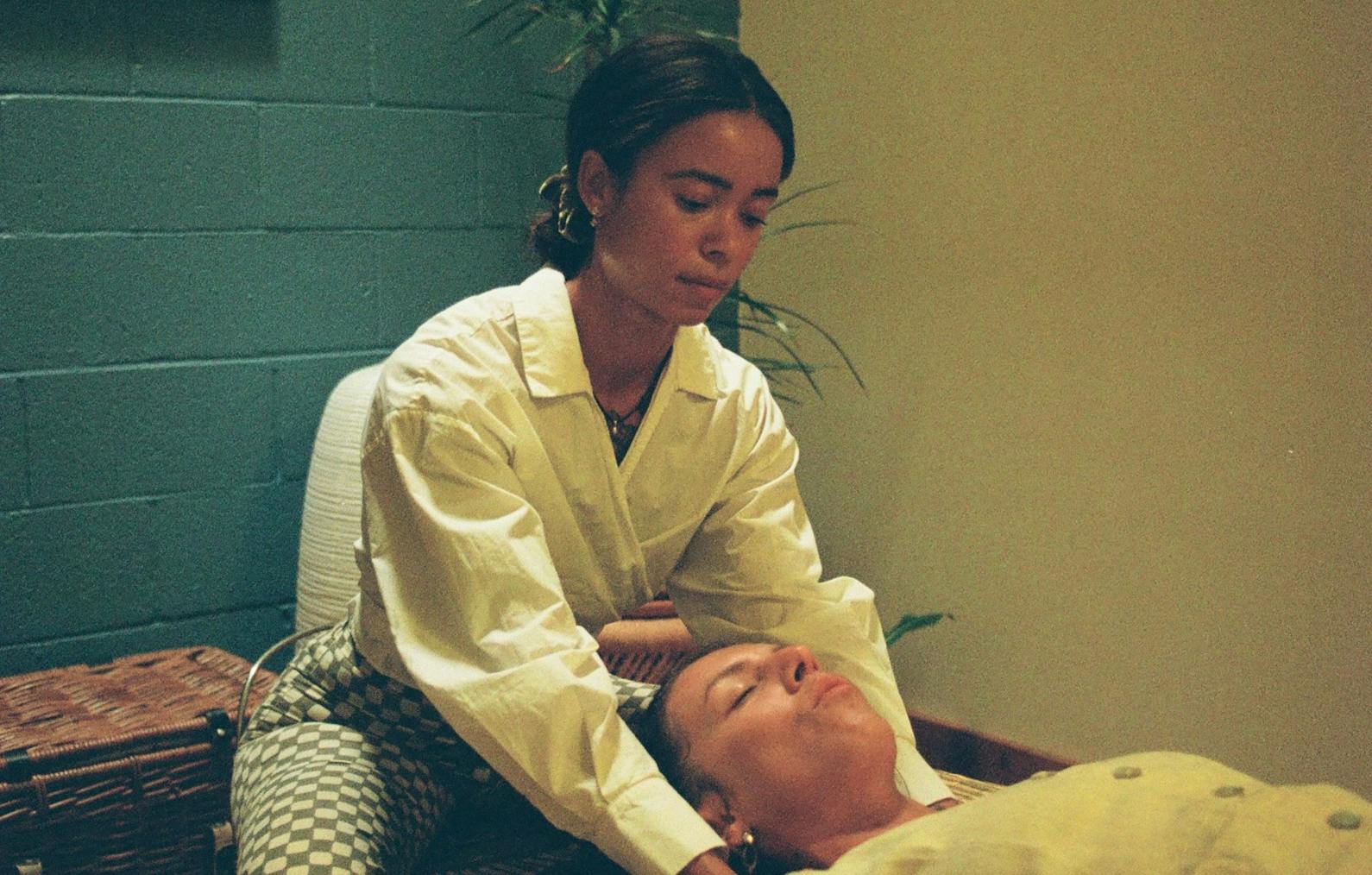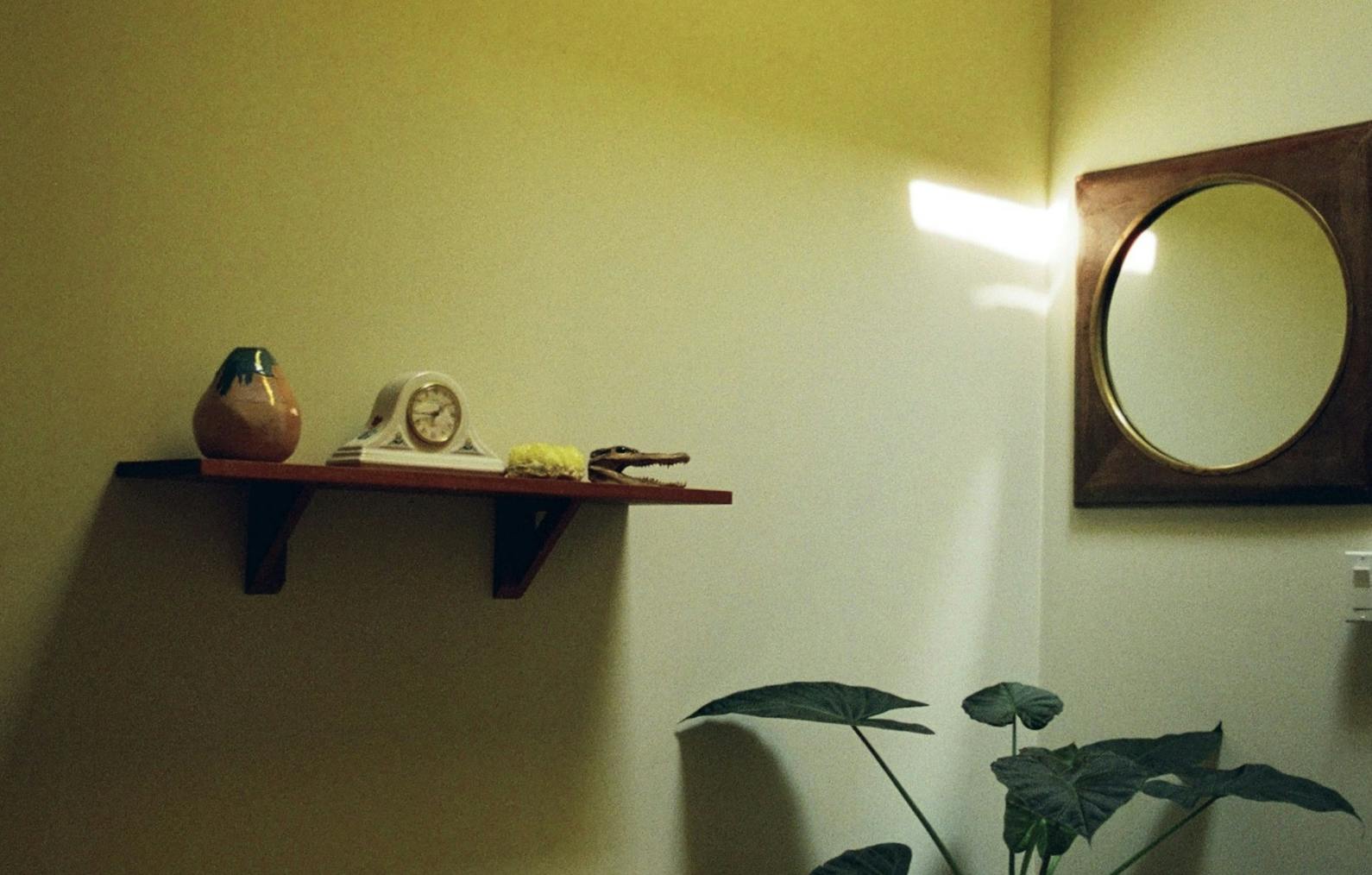The Feldenkrais Method
California
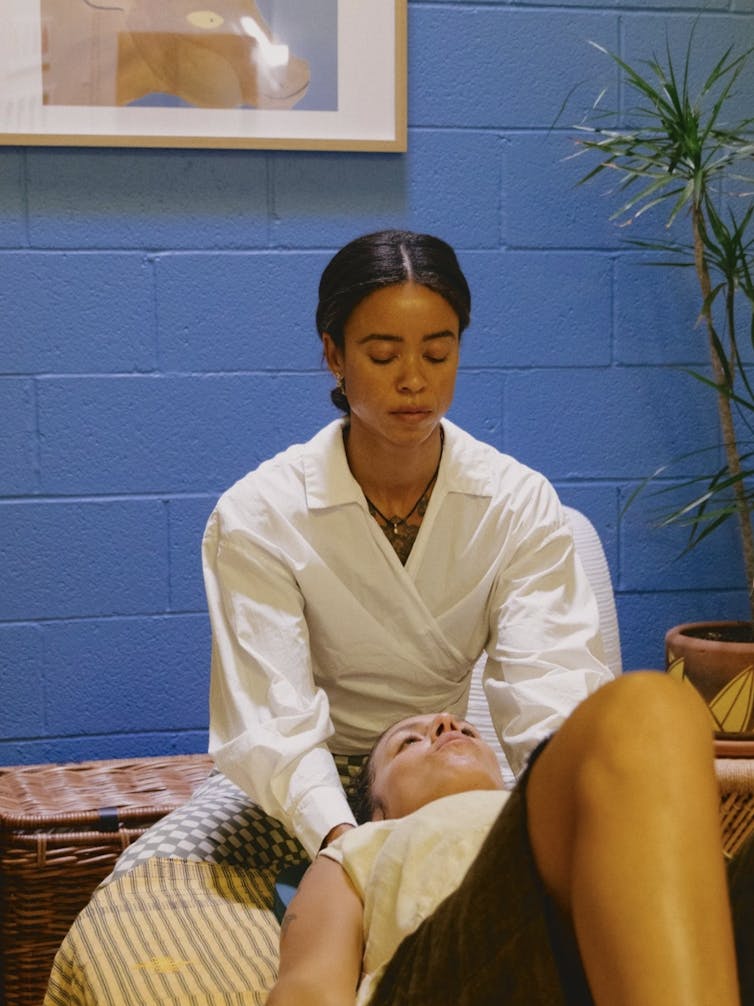
"I work with people navigating chronic pain, postural challenges, movement limitations, and recovery from injuries - those who want to deepen their awareness, refine coordination, and enhance their overall sense of embodiment."
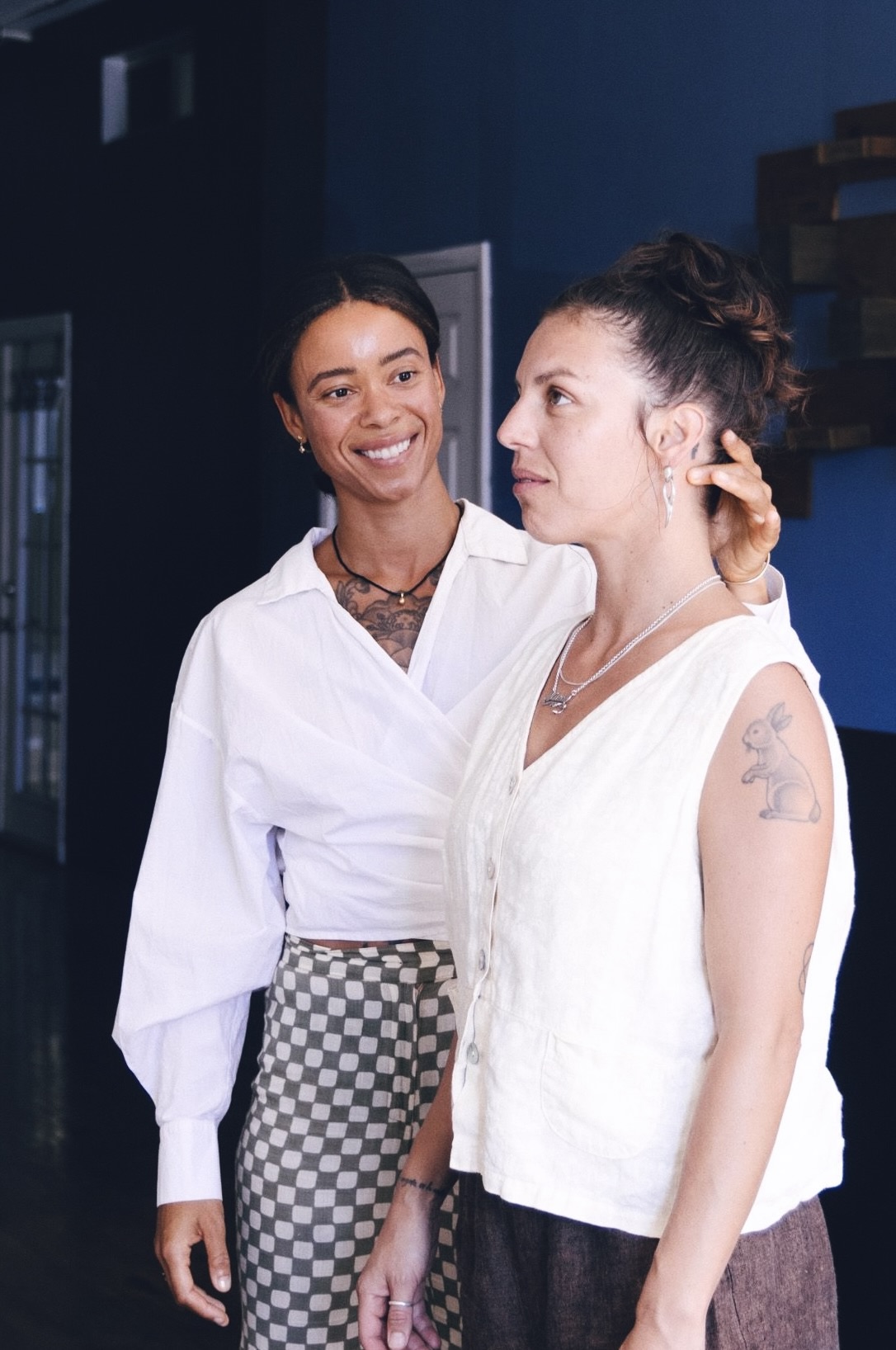
What is your current offering?
I offer somatic education through the Feldenkrais Method®, helping people improve their movement, awareness, and connection to their bodies. My work is available online via my membership platform, Postural Apprenticeship, which features Awareness Through Movement lessons and ongoing study materials. In person, I offer private Functional Integration sessions in downtown San Diego, workshops, and virtual private lessons tailored to individual needs.
What is the origin of Feldenkrais?
The Feldenkrais Method® was created by Moshe Feldenkrais, a physicist and martial artist, who developed a system to improve functional movement and overall body awareness. It emphasizes learning through curiosity, gentle exploration, and mindful attention, enabling people to move more efficiently and freely.
What led you to this work?
I was drawn to Feldenkrais through my own exploration of movement and somatics. I wanted a practice that integrated awareness, creativity, and adaptability, tools to work with both the body and mind. My study and teaching have grown from this personal curiosity into a professional path.

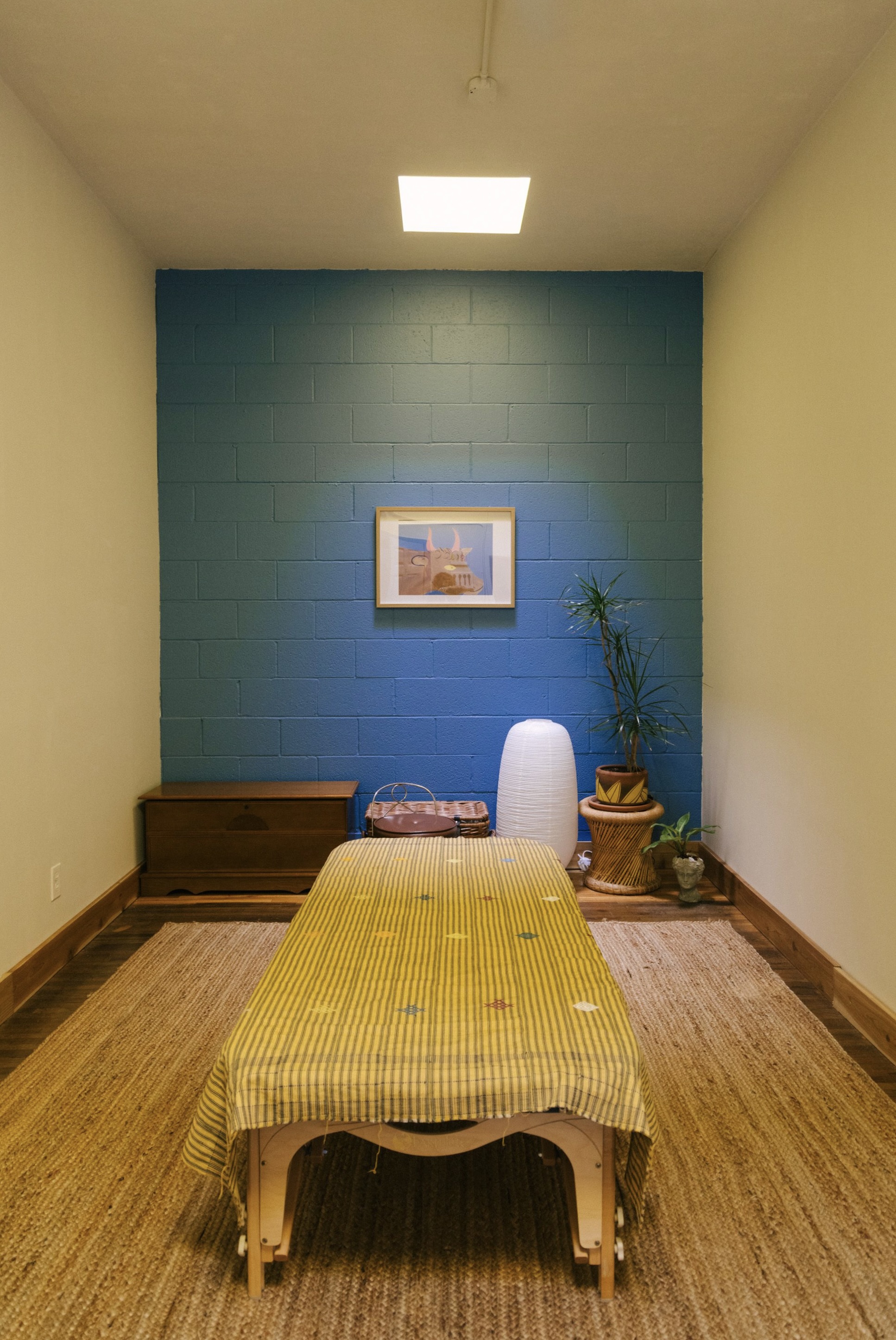
How has it changed you personally?
It has deepened my sense of presence, adaptability, and curiosity in my own life. Feldenkrais has allowed me to approach challenges — physical or emotional — with awareness and patience, cultivating resilience and a sense of embodied creativity.
How have you seen it help others?
Students and clients often report increased mobility, reduced discomfort, and a greater sense of ease in daily life. Beyond physical changes, they experience enhanced self-awareness, improved coordination, and the ability to respond to life’s challenges more adaptively.
What kind of conditions do you often treat?
I work with people navigating chronic pain, postural challenges, movement limitations, and recovery from injuries. I also support those who want to deepen their awareness, refine coordination, and enhance their overall sense of embodiment.
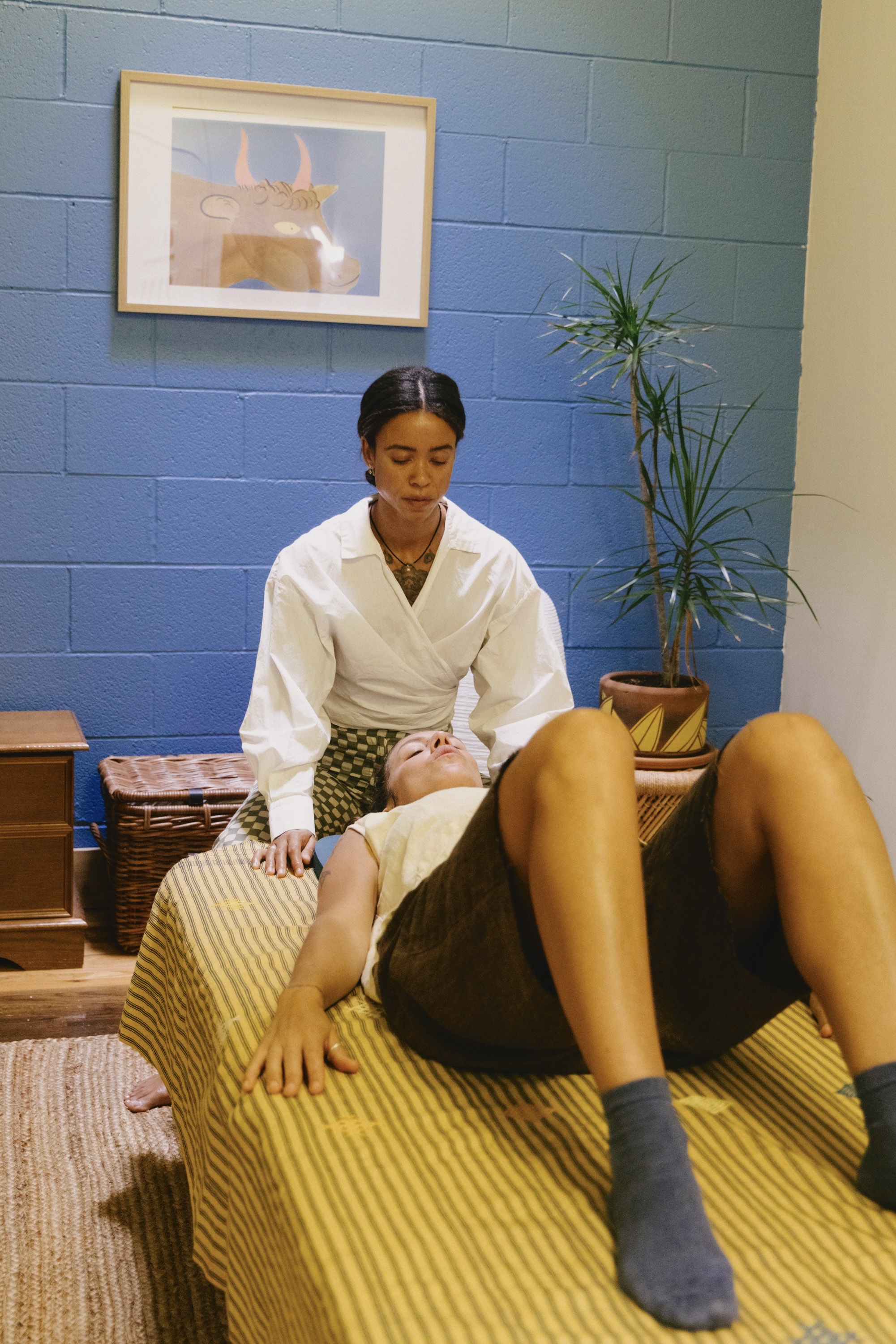
Do you have any specific teachers?
Yes — Julie Peck, Jeff Haller, and Andrew Gibbons. Their guidance has been instrumental in shaping my approach.
What are the different ways people can work with you?
Clients can work with me one-to-one through Functional Integration sessions in my private practice or virtually. Online, my membership platform offers self-paced Awareness Through Movement lessons, along with ongoing study. I also teach workshops and occasional retreats.
How do you think doing personal work can support the collective?
By cultivating awareness, resilience, and adaptability in ourselves, we can engage more fully and empathetically with others. Personal work strengthens our capacity to contribute to relationships, communities, and shared experiences with clarity and presence.
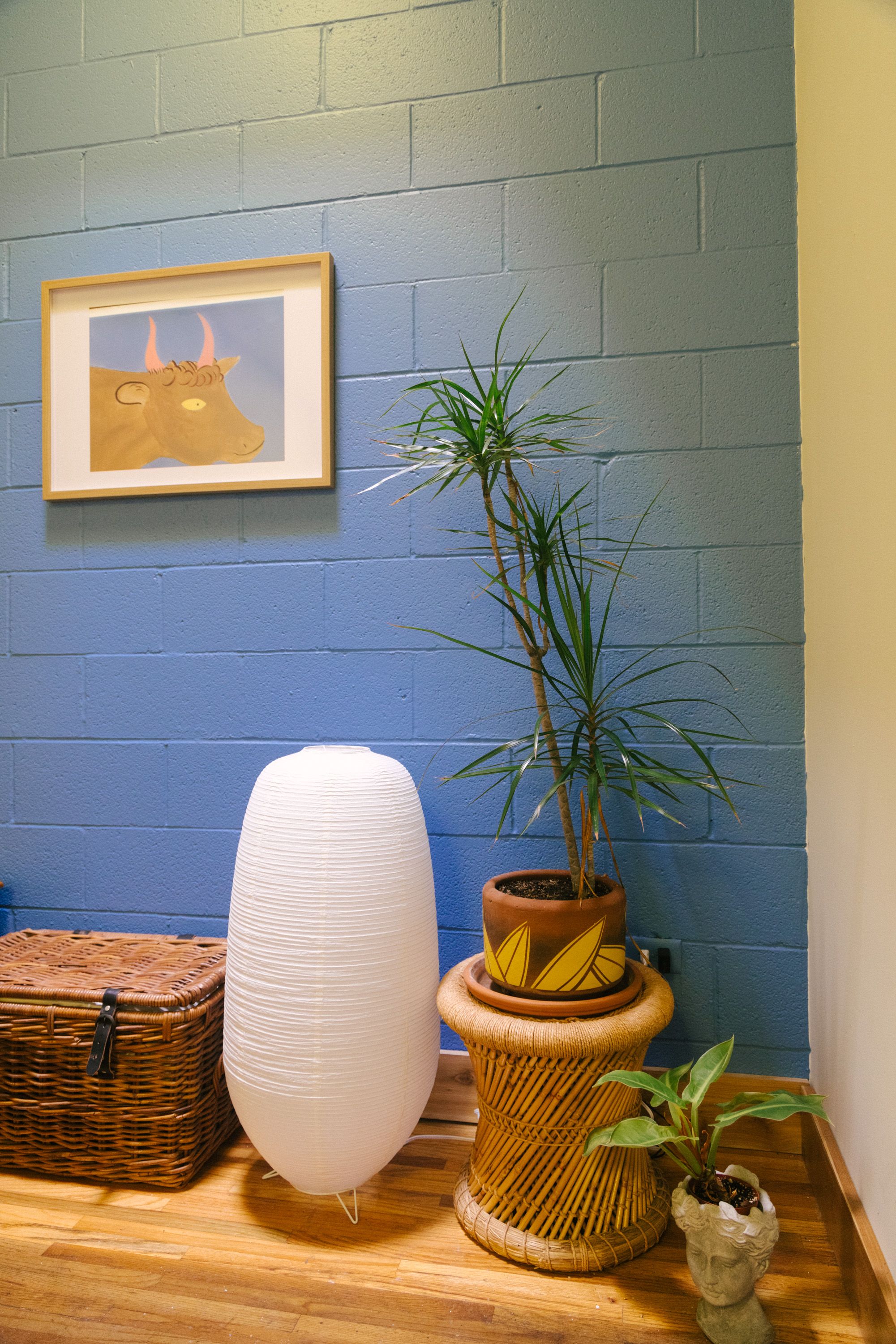
How do you make your work accessible?
I offer multiple avenues: online membership lessons for ongoing practice, virtual private sessions for individualized support, in-person Functional Integration lessons in San Diego, and workshops for immersive learning.
What are some of your daily rituals and practices?
I structure my day around natural light to support my circadian rhythm. Each morning, I make a point to get sunlight soon after waking, which helps stabilize my internal clock and sets a tone of presence for the day. In the evening, I pause to observe the colors of dusk, allowing my body and mind to transition naturally toward rest. These simple rituals of aligning with natural light help regulate energy, mood, and overall well-being, creating a rhythm that supports both my practice and my daily life.
What do you keep on your bedside table or on your altar?
A good book.
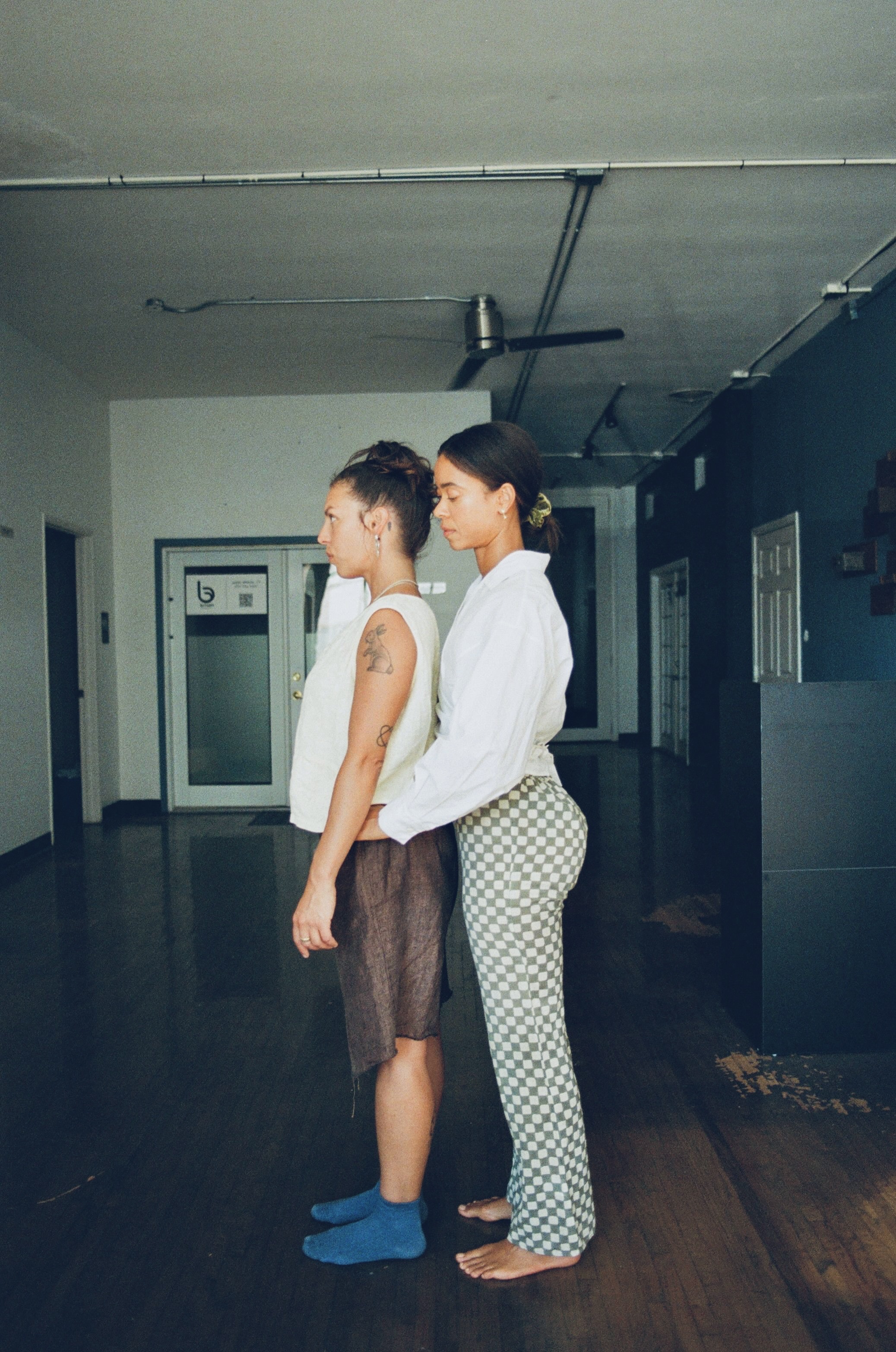
Are there products/items that you use on a regular basis that support your well-being and personal practices?
I use a BioMat daily, a Dien Cham (face reflexology) tool, and maintain hydration with electrolytes.
What is the best advice you’ve ever gotten?
It doesn’t happen all at once — progress is incremental, and patience is essential.
What words of wisdom do you always find yourself sharing?
“Learning grows until it dawns on you.” I often remind students that awareness and skill develop over time through curiosity and consistent practice.
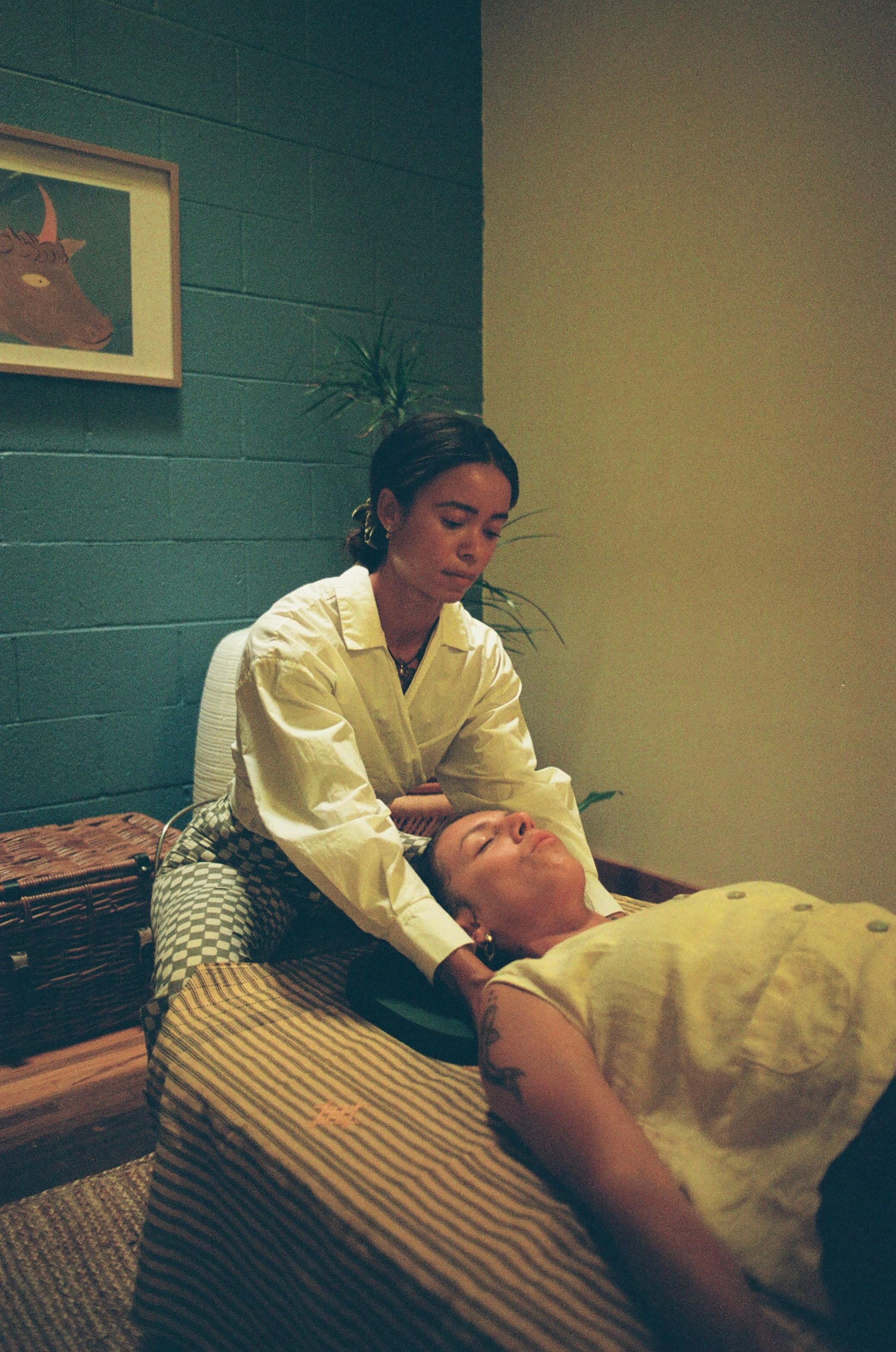
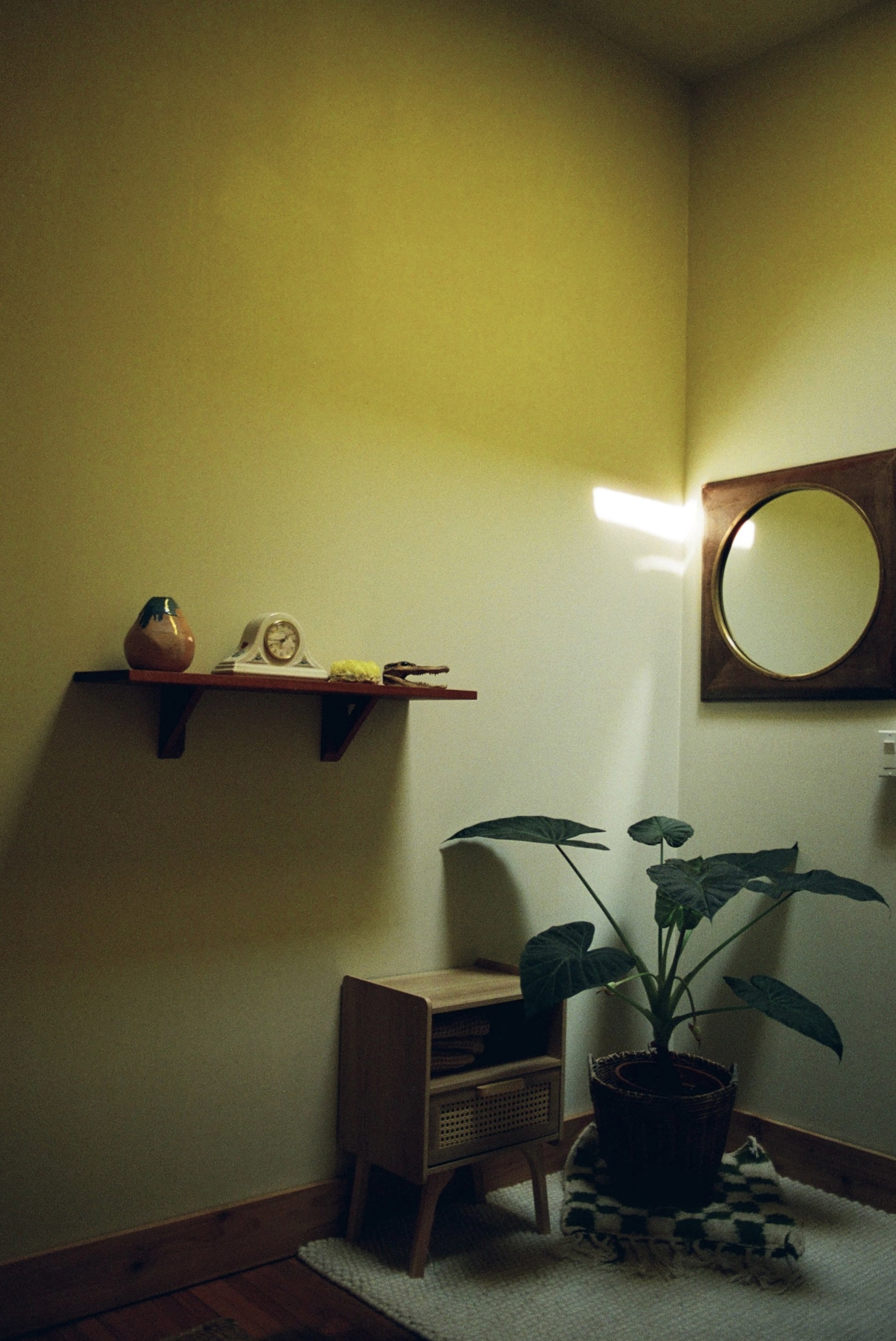
Three books you recommend:
Awareness Through Movement by Moshe Feldenkrais
Body and Mature Behavior by Moshe Feldenkrais
The Elusive Obvious by Moshe Feldenkrais
Images by Fedella Lizeth
